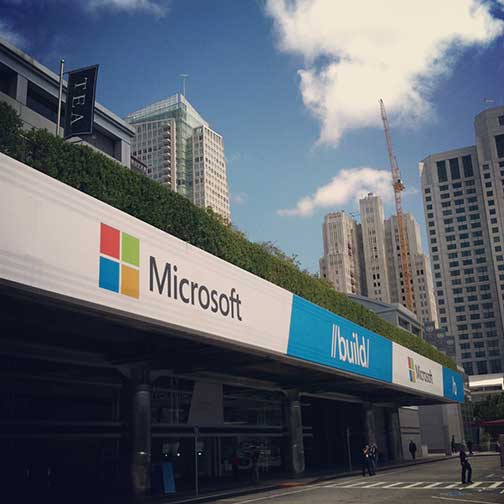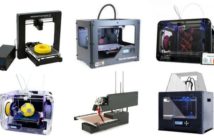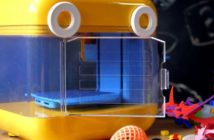After debuting MakerBot 3D printers in three Microsoft stores this June, MakerBot has announced that you will soon find their sub-$3,000 “Replicator 2” 3D printers in 15 more Microsoft stores by the end of the month. This follows Microsoft’s announcement that 3D printing support will be built into Windows 8.1 by default.
Microsoft isn’t the only company pushing hard for 3D printers. Staples claimed to be the first large-scale retailer in the U.S. selling 3D printers when they added the Cube Printer to their store in May. Amazon also sells 3D printers directly to consumers, and businesses are finding an increasing number of their normal vendors offering both consumer- and business-grade 3D printers.
The MakerBot Experience
The MakerBot exhibits in Microsoft Stores are being called The MakerBot Experience. Show up at the right time of day—or bring a large enough crowd to convince the store manager to give you a demonstration—and you’ll be able to walk through the experience of designing and printing a simple model in the store while you wait. Samples are typically given to customers for free.
It’s not clear who is paying for the experience—Microsoft or MakerBot—but it is certainly one of the best ways to check out 3D printing whether or not you’re actually interested in buying your own printer.
Unfortunately, with a total of only 18 stores hosting the MakerBot Experience, you may need to drive quite some distance. A complete list of stores is available on the MakerBot website, but the locations are restricted to just 14 states—with five of the printers in California alone, two in Illinois, and the rest scattered among the nation’s larger Microsoft stores.
The Replicator 2
The 3D printer featured in the Microsoft Store is the MakerBot Replicator 2, what MakerBot calls its “fourth generation” 3D printer. The printer uses MakerBot’s own software to print objects—although that may change with Windows 8.1—using its own proprietary filament. The printer advertises a minimum 100 micron resolution, although it’s likely demonstrations in the Microsoft Store will use less precise resolutions to keep print times short enough for customers to take home samples.
With a build volume of 410 cubic inches, the Replicator 2 can create objects with volume up to 7 quarts (7 liters, or 1.75 gallons), which is considerably larger than most earlier generations of home and small-office 3D printers.
But, as with all 3D printers, especially those designed for home and small office use, cost still remains the major limiting factor for sales. With a base retail price of $2,200 and the requirement for filament, the Microsoft Store probably will not sell Replicator 2s in large numbers until the public has an opportunity to fully understand 3D printing.
Microsoft’s attempt to popularize the printers and include native support for them in Windows may pay long-term dividends as prices continue to drop and average consumers become more and more familiar with 3D modeling through games such as MineCraft. If Microsoft’s strategy succeeds, you may find yourself buying a new Windows computer along with your MakerBot 3D printer to get the best possible 3D printing support.





